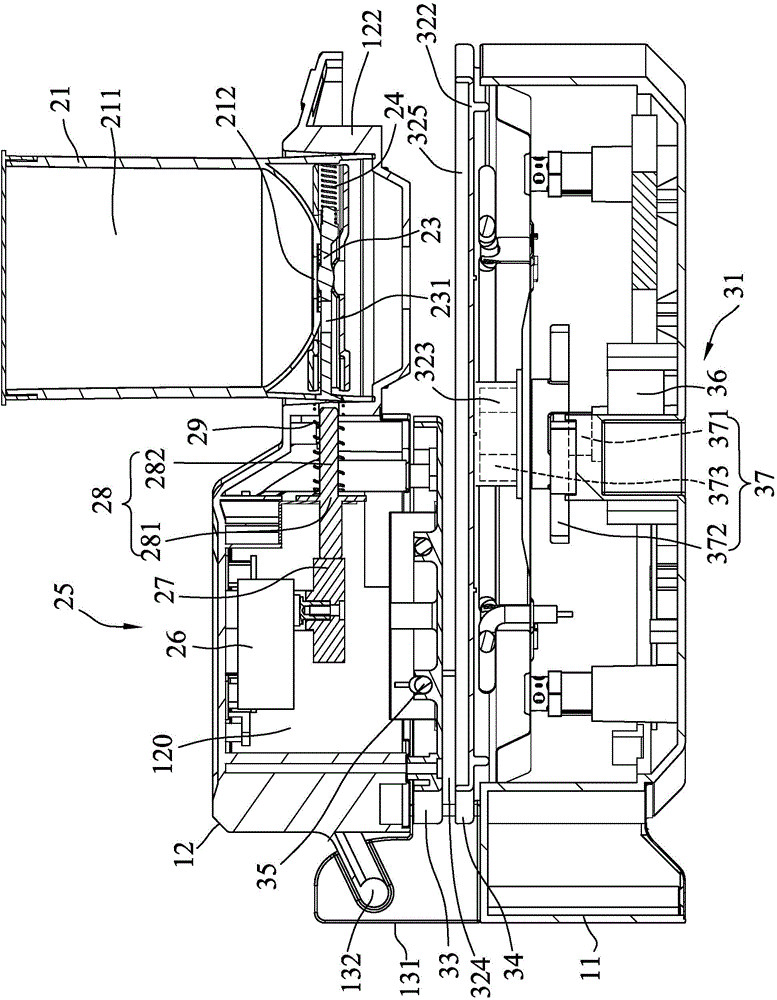Effect and Prospect Analysis of Coffee Full Hot Air Baking Technology
Coffee is the genus Coffee of Rubiaceae.

Evergreen shrubs or small trees, together with tea and cocoa, are known as the world's three major beverages, of which coffee production and consumption rank first among the three beverages [1-3]. In recent years, the growth rate of coffee consumption market in China is 10%~15%. As of 2015, the consumption of coffee in China is 13*104 t[4]. Dehong, Baoshan, Lincang and Puer in Yunnan Province commercial coffee roaster
The main planting areas of coffee with small seeds are 11.8 *104 hm2 and 13.9 *104 t. The planting area and yield account for more than 98% of the whole country. However, due to the late start of coffee research in China, especially in the later stage of intensive processing equipment and technology research, it is still in the initial stage, so the domestic production of raw coffee beans. Microwave drying machinery and equipment
More than 60% of the coffee products are exported in the form of raw materials, resulting in a short domestic coffee industry chain and low added value of products, unable to form industrial feedbacks to agriculture, seriously restricting the healthy and sustainable development of the industry. Coffee roasting is the first and most important step in the deep processing of coffee.
A step to be taken. Coffee raw beans have no fragrance. Baking is the necessary stage for the generation of coffee bean flavor. 700-850 flavor substances in coffee must be baked to show their aromatic characteristics [7-9]. Coffee roasting refers to the process of coffee beans roasting at a certain temperature, removing excess moisture from coffee beans, and converting some components of coffee beans into caramelized sugar and flavor oil [10]. At present, domestic research on coffee roasting mainly focuses on the changes of chemical composition and roasting curve during roasting process. Cai Ruiling et al. [11] showed that the average caffeine content of Yunnan small seed coffee beans was about 1.45% when roasted at 230 C for 5, 10, 15, 20 and 25 minutes.
After 15 minutes, the coffee flavor decreased slightly, but there was no significant difference. Zhang Mengjiao et al. [12-13] divided the coffee flavor into volatile flavor components and flavor components. Volatile substances determined its flavor, while non-volatile substances determined the unique acidity, bitterness and astringency of coffee; Zhou Bin et al. [14-15] The effect of different roasting time and degree on coffee volatilization
It was found that the change of aroma components in coffee could be used to guide the roasting process of coffee. Through cluster analysis of volatile components in coffee, the roasting degree of coffee could be judged.
At present, there are few reports on coffee roasting machinery in China. With the increasing attention of the coffee industry to intensive processing, the demand for high-end and fine deep processing machinery and equipment will grow. Through the whole
By comparing the performance indexes of hot air roaster and semi-direct fire roaster in the process of using, this paper introduces some working principles and technical characteristics of full hot air roaster, in order to arouse domestic attention to coffee roasting equipment and technology research, so as to speed up the localization of high-end and fine roasting equipment.